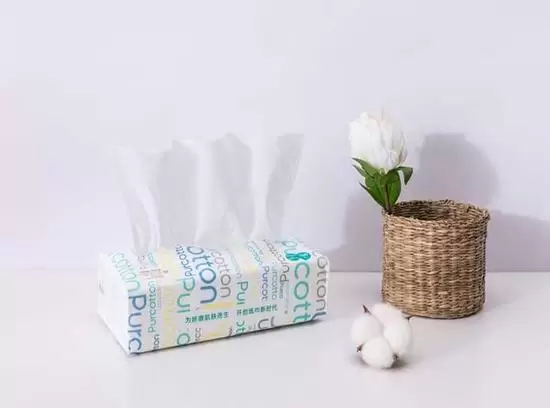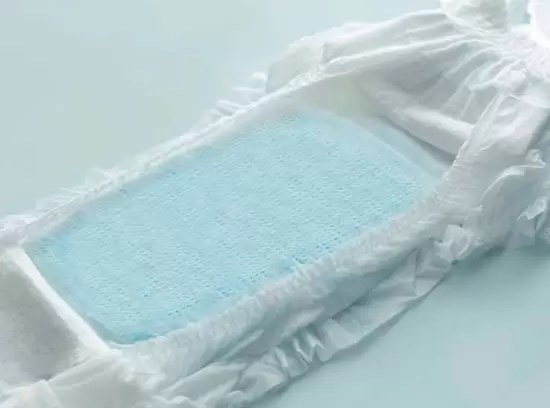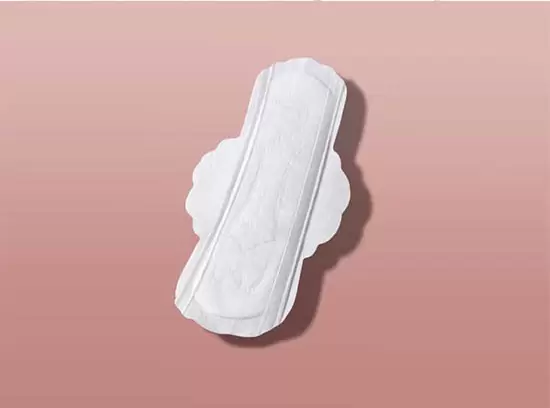1. Spunlace nonwoven
The spunlace nonwoven is widely used. However, do you know the production process of spunlace nonwoven? The spunlace nonwoven is composed of multiple layers of fibers, and it contains a wide range of fibers.
The main raw materials of the spunlace nonwoven:
(1) Natural fibers: cotton, wool, flax, silk;
(2) Conventional fibers: viscose fiber, polyester fiber, acetate fiber, polypropylene fiber, polyamide fiber;
(3) Differentiated fibers: ultrafine fibers, special-shaped fibers, low melting point fibers, high crimp fibers, antistatic fibers;
(4) High-functional fibers: aromatic polyamide fiber, carbon fiber, metal fiber.
2. Production process of spunlace nonwoven
(1) Pre-humidification
The formed fiber net is sent to the spunlace machine for reinforcement, and the first step is pre-humidification. The purpose of pre-humidification is to compact the fluffy fiber net and remove the air so that the fiber net can effectively absorb the energy of the water jet after entering the spunlace area to enhance the effect of fiber entanglement.
(2) Spunlace
The pre-humidification fiber net enters the spunlace area, and the spray holes of the water jet plate of the spunlace head eject multiple fine water jets vertically toward the fiber net. The water jet displaces part of the surface fibers in the net, including vertical movement to the opposite side of the fiber net. When the water jet penetrates the fiber net, it is bounded by the net curtain or the rotating drum, and it will scatter to the opposite side of the fiber net in different directions. Under the dual effects of the direct impact of the water jet and the rebound water flow, the fibers in the fiber net are displaced, interspersed, entangled, and locked, forming countless flexible entanglement points to strengthen the fiber net. In addition, spunlace reinforcement methods mainly include flat net spunlace reinforcement, rotating drum spunlace reinforcement, and rotating drum combined with flat net spunlace reinforcement.
(3) Dehydration
The purpose of dehydration is to remove the retained water in the fiber net in time, so as not to affect the entanglement effect of the spunlaced nonwoven during the production of the next spunlace. When a large amount of water retained in the fiber web is, the water jet energy will be dispersed, which is not conducive to fiber entanglement. After the spunlace process is finished, reducing the moisture in the fiber net is also beneficial to reducing the drying energy consumption.
(4) Water treatment and recycling
Whether anions or cations inorganic salts are dissolved in water, they will have an impact on the production process of the spunlace nonwoven. Calcium and magnesium ions can easily produce fouling in pipelines and equipment. In addition, ferrous, manganese, and copper plasmas can easily generate colored substances. Therefore, for the production of white sanitary materials, it is important to control their content strictly. If there are more chloride ions, it is easy to cause equipment corrosion.













